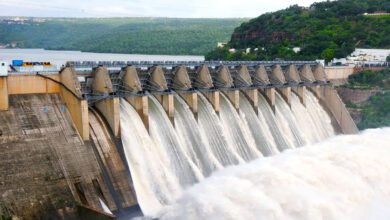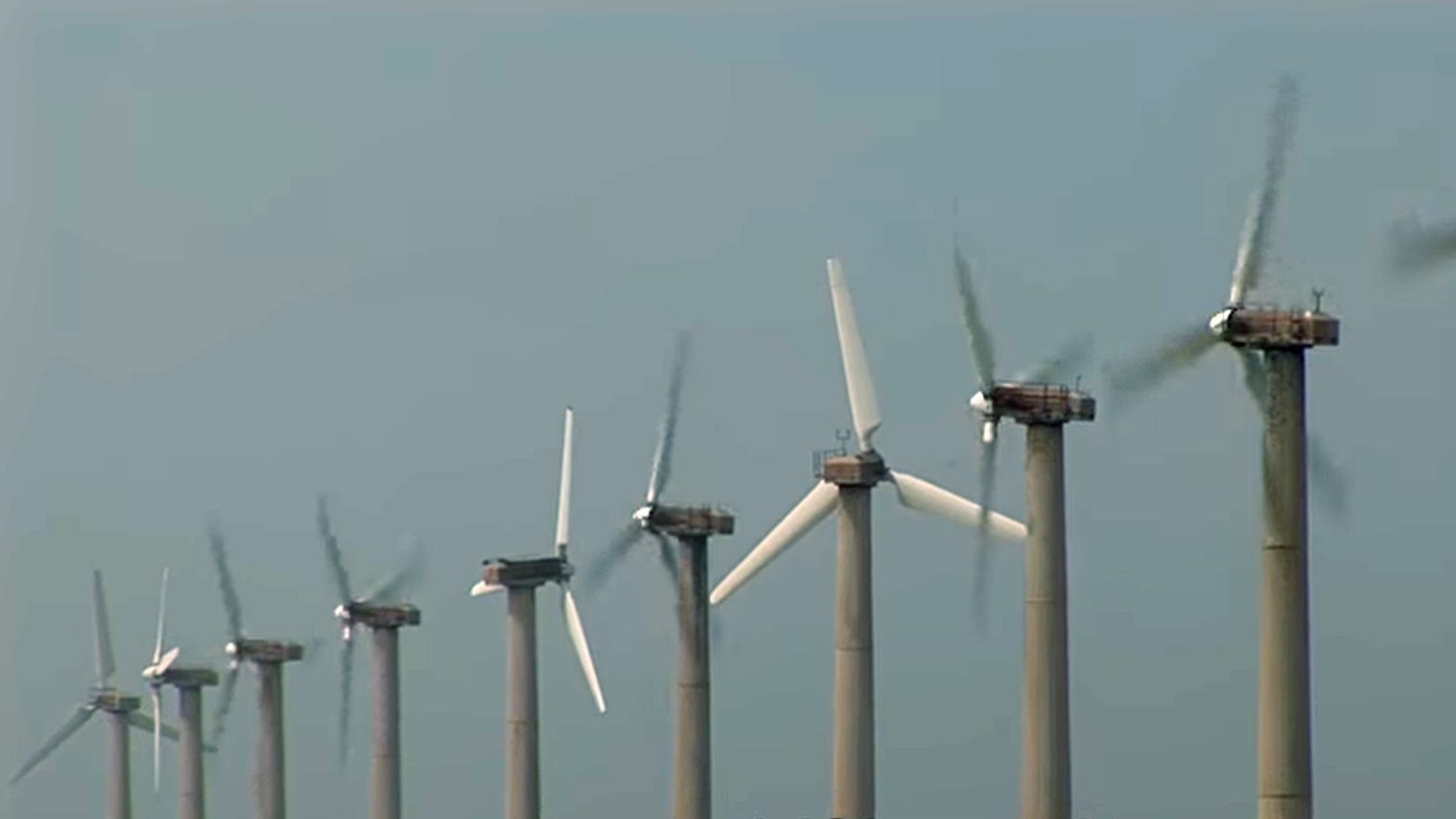In a significant step towards strengthening India’s power sector planning capabilities, the Central Electricity Authority (CEA) today launched the State of the Art Totally Indigenously Developed Resource Adequacy Model, STELLAR. The integrated model, a first-of-its-kind initiative developed within the country, was officially unveiled by Ghanshyam Prasad, Chairperson of the CEA, in the presence of Alok Kumar, former Secretary (Power) and partner at The Lantau Group (TLG), along with representatives from various state power utilities.
STELLAR is an integrated generation, transmission, and storage expansion planning tool that incorporates demand response capabilities. Developed under the Technical Assistance Program supported by the Asian Development Bank (ADB) and in collaboration with TLG, this tool aims to provide a vital planning solution for all State Distribution Companies (Discoms) and load despatchers. The CEA plans to distribute this software free of cost to all states and Discoms, ensuring widespread adoption and accessibility.
The new model is specifically designed to help states comply with the resource adequacy guidelines issued by the Ministry of Power in June 2023. Since the issuance of these guidelines, CEA has been actively preparing comprehensive Resource Adequacy (RA) plans for all Discoms. Initially covering projections up to 2032, the exercise has since been updated to include forecasts up to 2034-35, both at the state and national levels. Given the dynamic nature of power planning, which requires annual updates, the development of a common, shareable tool like STELLAR was seen as essential to simplify the process and promote optimum, integrated planning across the country.
STELLAR offers an advanced framework for simulating chronological power system operations and considers a wide array of constraints, including unit commitment constraints like technical minimums, ramping capabilities, and minimum up/down times. The model also factors in endogenous demand response and ancillary services, making it one of the most comprehensive tools developed for resource adequacy planning.
Among its key benefits, STELLAR ensures that the electricity grid maintains just the right amount of capacity—avoiding both shortages and overcapacity. It aims to eliminate load shedding and prevent stressed assets, while offering least-cost power system solutions. Additionally, it enables cost-effective planning of generation expansion, system operations, energy and ancillary services, and helps optimise the size and location of storage assets.
Developed entirely in India under the active guidance of CEA, the STELLAR model represents a landmark achievement in indigenous power sector innovation. CEA has committed to continuously update and enhance the software based on user feedback from Discoms and load dispatch centres, ensuring that the tool evolves to meet emerging sector needs.
The launch event underscored the strong collaboration between CEA, The Lantau Group, and ADB, reinforcing the growing emphasis on digital planning tools and indigenous innovation in India’s energy ecosystem.














